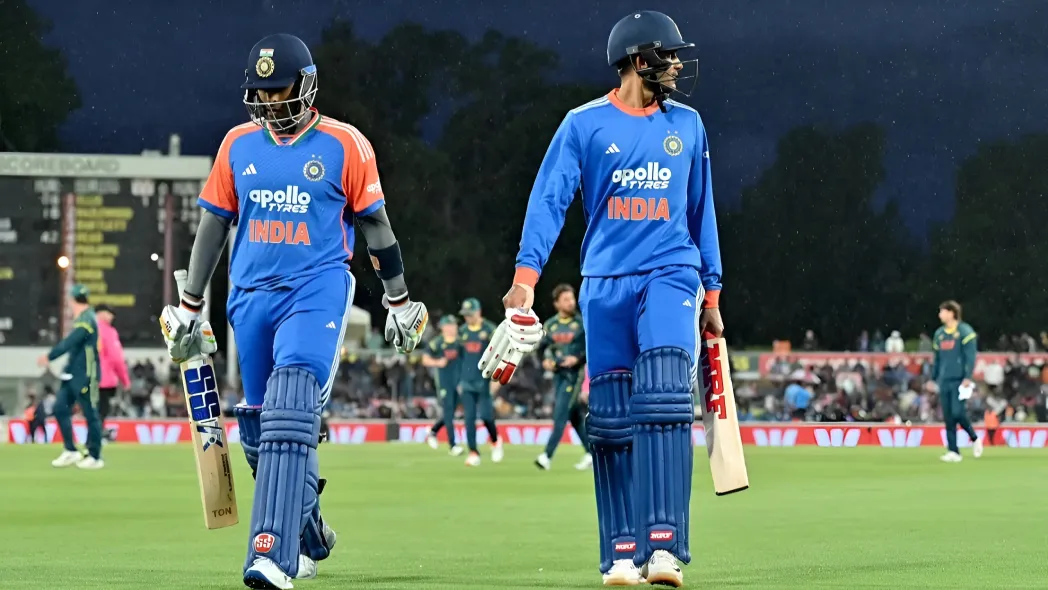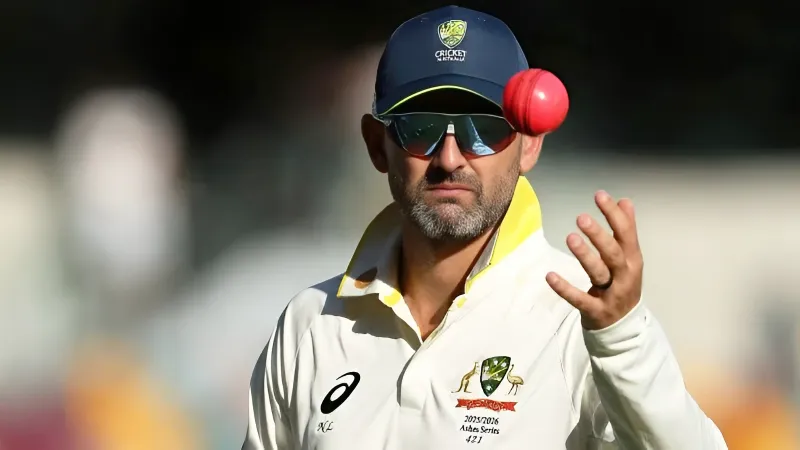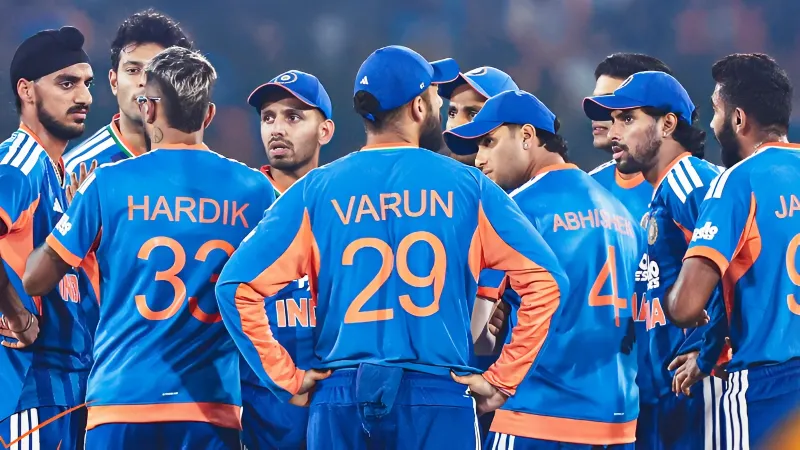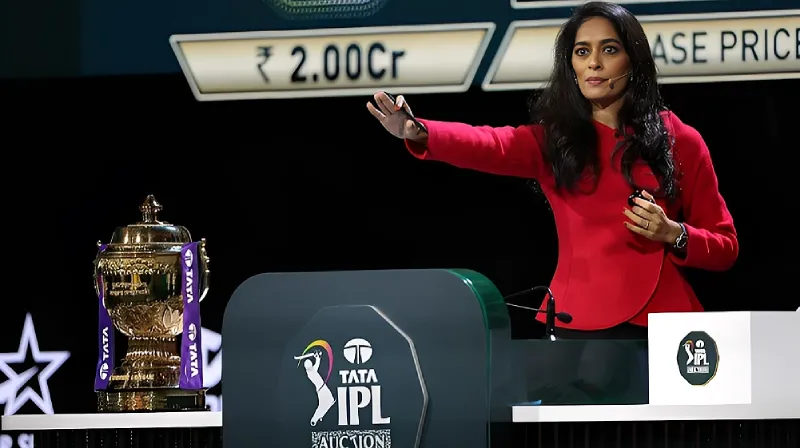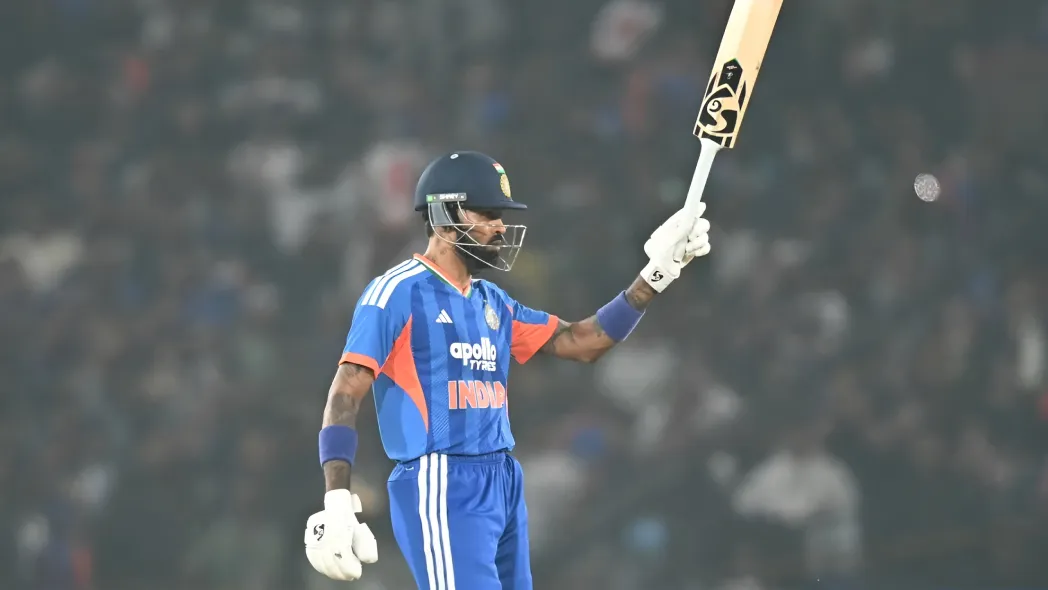Sometimes a T20 innings doesn’t unravel; it gets disassembled, piece by piece, by a bowler who decides the format doesn’t matter. At the MCG, India walked in expecting Australia’s familiar discipline. What they weren’t ready for was the Test-match mischief hiding inside Josh Hazlewood’s T20 spell. India lost four wickets inside the powerplay, only the 10th such occurrence in their T20I history, and suddenly the 125 they scraped together felt like a souvenir rather than a target.
Hazlewood’s Hard-Length Blueprint Breaks the Rhythm
Hazlewood didn’t bowl T20 lengths; he bowled textbook lengths on a T20 timestamp. Every ball climbed, jagged, or whispered past the splice. His 3 12 spell was less about raw pace and more about a metronomic refusal to err.
India expected discipline; they didn’t expect that kind of discipline, the sort that compresses reaction time and buries your scoring options inside your own ribcage.
The shock wasn’t technical; it was psychological. When the first four wickets fall inside six overs, your plan isn’t just disrupted, it’s overturned.
MCG’s Bounce Turns Aggression into Survival
For years, India’s white-ball blueprint has relied on intent-first aggression, but Abhishek was blunt: the wicket “was not easy to hit shots.” What looked like a true pitch from afar was, from the striker’s end, a surface laced with hidden bounce. Good length became back-of-a-length-plus, and short balls became ankle-breakers bouncing at the ear.
This forced Abhishek, a natural front-foot enforcer, to recalibrate on the fly, shifting from control to containment. His 68 wasn’t IPL swagger; it was survival stitched with counter-attack, the kind of innings that reveals a player’s temperament more than their shot range.
A Surprise Ally in Harshit Rana’s Promotion
At 49 for 5, India needed not just a partnership but a break in the panic. Enter Harshit Rana at No. 7, a call that raised eyebrows but paid off.
Rana’s presence brought two things India desperately needed:
- Right–left stability.
- A partner who, as Abhishek joked, “hits sixes off me in the nets”
This was less a gamble and more a smart assessment of who could pair with Abhishek to push the innings deeper. Their half-century stand was the only coherent passage of India’s batting. But once that stand snapped, the rest followed like a loose thread, eight balls left unused, the match effectively surrendered.
A Young Batting Group Meets Its Litmus Test
This Indian side is young, first-tour young, in many cases, and the MCG handed them a crash course. Abhishek admitted that preparation didn’t fully inoculate them against the bounce, pace, and relentlessness on display.
This wasn’t a collapse born of poor planning but of inexperience meeting maximal execution.
The takeaway? The raw talent is there. But T20 cricket, especially away from home, punishes teams that haven’t yet learned how to adjust mid-over, not just mid-innings.
Key Takeaway
India didn’t just lose to bounce, they lost to a plan executed with Test-match precision.
FAQs
1. Why did India’s top-order struggle so much?
Because Australia bowled Test-match hard lengths on a pitch with unexpected extra bounce.
2. What made Abhishek Sharma’s innings stand out?
He balanced survival and counterattack when the rest of the lineup collapsed, scoring 68 off 37.
3. Why was Harshit Rana promoted ahead of Shivam Dube?
For the right–left combination and because team management felt he could better support Abhishek in rebuilding.
Disclaimer: This blog post reflects the author’s personal insights and analysis. Readers are encouraged to consider the perspectives shared and draw their own conclusions.
Step into the world of cricket with JeetBuzz News—where expert opinions, trending Blogs, and behind-the-scenes insights meet all your favorite topics. Stay informed, stay entertained, and never miss the stories shaping the cricketing world—only on JeetBuzz News!

